History originally published in Sport Compact Car January 2000
In the early 70s, carmakers were staring at impending emissions regulations and the OPEC fuel embargo like they would the business end of a double barreled shotgun. The tough 1975 California emissions standards threatened entire car lines, and the only manufacturer with a proven ability to meet the regs – Mazda – did so only with a relatively thirsty rotary engine/thermal reactor combination. With gas prices doubling to 70 cents per gallon, the revolutionary rotary simply wasn’t selling. The only other technology on the horizon was a catalytic converter, which with its precious platinum element and proposed need for periodic replacement, seemed too expensive to contemplate.
Another possibility was “stratified charge,” which attempted to vary fuel richness in different parts of the combustion chamber, an elegant solution the emissions/economy problem but difficult to accomplish the turbulent world of the cylinder head. Those pesky gasoline droplets just didn’t want to stay put, as Ford and Chrysler were discovering.
Honda, meanwhile, had been selling its Civic in the United States since 1973, and the 1237 cc two or three-door minicars had sold well, attracting buyers with room for four adults, all-independent suspension, rack-and-pinion steering and front disc brakes, plus the fuel economy America wanted. Honda, however, was no fan of the rotary engine and abhorred aftertreatment of dirty exhaust by add-on devices in the exhaust system, and in 1974 introduced an engine that reduced emissions in-engine and was economical to boot. Honda called it CVCC, for Compound Vortex Controlled Combustion.
The engine used the stratified charge concept, but Honda segregated its rich mixture in a small pre-chamber, a screw-in insert off to one side of the combustion chamber. A tiny intake valve in the top of the chamber was opened by a rocker arm off the single overhead camshaft that also opened conventional exhaust and intake valves, in-line along the other side of the camshaft, via the rockers. The spark plug screwed into the side of the prechamber which, via a machined opening, was open to the main combustion chamber. A special Keihin three-barrel carburetor was really two carbs in one. One throat fed the prechamber via its own miniature intake tract. The other two throats resolutely served the main intake tract, the secondary throttle vacuum -controlled.
The concept worked thusly: The intake stroke of the piston pulled in a large amount of very lean mixture into the cylinder and, at the same time, filled the prechamber with ultra-rich mixture. As the charge was compressed, the mixture in the prechamber remained very rich, but near the outlet to the cylinder, it was diluted and farther away the mixture stayed lean. The spark plug then easily fired the mixture in the prechamber and the flame spread to the rest of the charge, too lean to ignite otherwise. The overall leanness of the mixture minimized formation of carbon monoxide, the slow and stable burning in the main chamber kept peak temperatures low to reduce oxides of nitrogen creation, while burning long enough to yield low hydrocarbon emissions. With a compression ratio of 8.1:1, the 1487 cc version of the engine introduced in America was rated at 53 bhp (net) at 5000 rpm with 68 lb-ft of torque at 3000 rpm.
It took the Civic CVCC with the optional five-speed manual transmission 20.1 seconds to run the quarter-mile, but it achieved EPA fuel mileage ratings of 28/42 MPG city/highway. The CVCC system still used a manual choke, semi-automatic in that starting pulled it halfway back in. Once warm, the Honda CVCC engine ran smoothly and didn’t stumble, lean surge or run-on when shut off like a conventional engine with emissions-lean mixtures and exhaust gas recirculation emissions controls. The ‘75 CVCC-equipped Civic not only was quicker than the original 1170 cc Civic of 1973, but had better fuel economy as well.
When introduced in the 1975 model year, the Civic CVCC was available only in bright yellow or bright orange, but with the standard AM radio, rear defroster and 12-inch radial tires instead of bias-plies, plus a simulated wood steering wheel, a real wood shift knob, and cloth inserts in the vinyl seats, the Honda was almost near luxury. A tachometer, redline at 6000 RPM, was also standard.
Honda went on to put CVCC technology into much wider play, using it well into the ‘80s on many Honda models. Honda eventually used catalysts as that technology improved and standards tightened, and now once again leads emissions technology with the Insight gasoline/electric. But in the ‘70s, CVCC let Honda dodge the double barrel bullets of emissions and economy and arguably launched the firm into importance in the U.S. market.




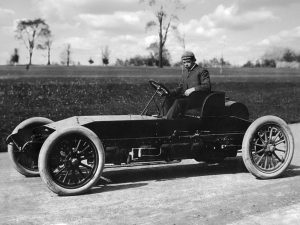
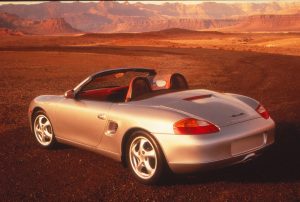
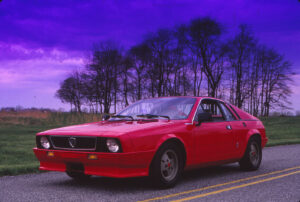
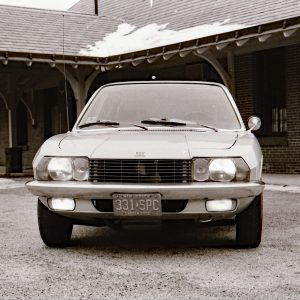
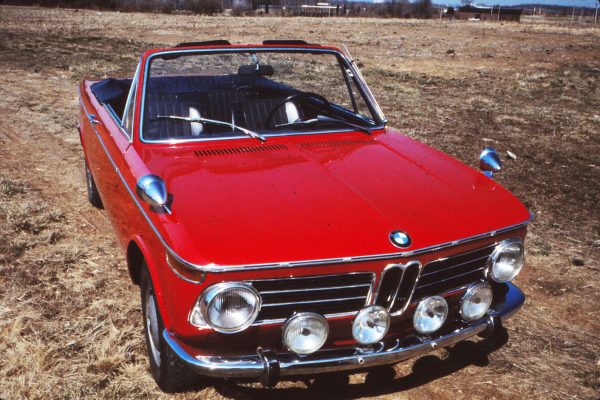
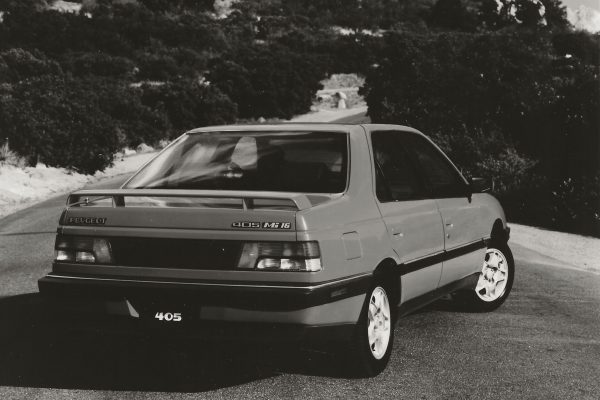
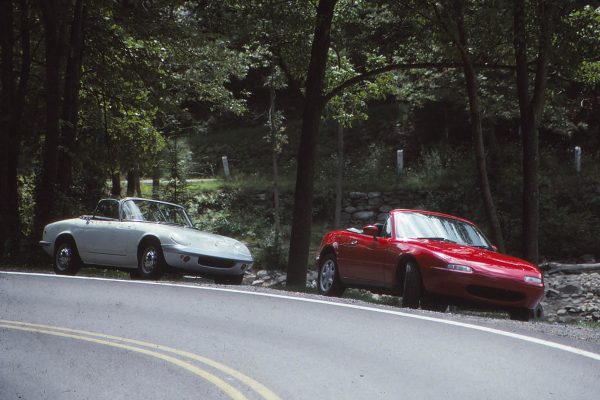
What Do You Think?
You must be logged in to post a comment.